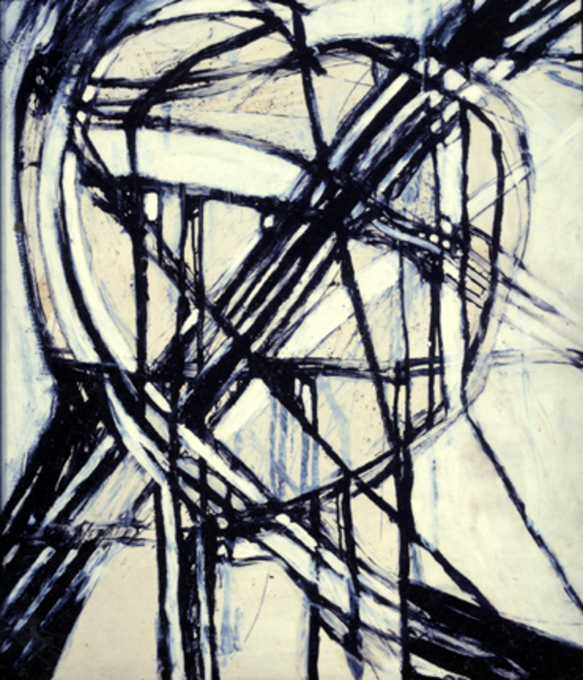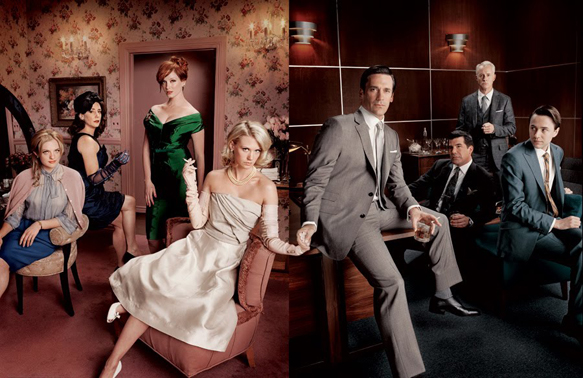Mad Men and Artist Lisa Gizara: The Importance of Design
Mad Men is a show that gives precedence to costume, interior, and overall art design unlike any other. It, for seven seasons, has mostly taken place indoors with very few scenes taking place outside. The offices, apartments, desks, chairs, paintings, and the fashion is always in focus in every frame and shot — hence the heavy reliance on design. It’s an interestingly particular, and exquisite aspect of Mad Men, that can easily go unnoticed by most viewers, but it’s a feature that glues the show together as much as its characters. Since its debut in 2007, the show is credited for bringing 1960’s fashion, culture, and design to the forefront of modern design.
The revival in men’s suits, in particular those with shorter jackets and higher waistbands, fedoras, slicked-back hair, bourbon and whiskey drinks, and even tortoise sunglasses can all be attributed to the show’s immense popularity. “Mad Men’s set design, fine art, the incorporation of day-to-day utilitarian objects and costumes of Mad Men are so historically accurate, perfectly placed and well researched that the show instantly brings us back to a nostalgic time that so many viewers remember and want to revisit,” writes Lisa Gizara, a photographer and painter whose work has appeared on Mad Men, as well as Modern Family, Castle, Variety, LA Weekly and others.
Mad Men’s set decorator Claudette Didul was searching for eccentric works of art to complement Roger Sterling’s (John Slattery) mid-century cool office. Didul happened upon a panoply of Gizara’s eclectic work at Art Pic, an art gallery in North Hollywood, and was captivated by her monochrome-like painting Madonna I alongside King of Hearts and Queen of Hearts. The former painting is of mixed-media with paint, oil stick, and graphite, and contains curvaceous lines that Didul deemed perfect to sit on the wall right behind Sterling’s desk.

”[Production Designer] Dan Bishop and I wanted to keep the black and white theme going in Roger’s office,” Didul told Gizara, when she asked her why her work was chosen. “One of the paintings looked like it had a backwards ‘R’ in it (Madonna I — which is by Roger’s desk). They had the perfect abstract feel of the period. Many offices were using abstract art at the time and both pieces (The King and Queen of Hearts) seemed very fitting.”
The crew’s search to include paintings that can most complement a single set highlights their fastidious attitude towards Mad Men’s design. The time and effort spent on aesthetic is almost equal to the writing here, and there have been a deluge of benefits as a result in these past seven years. Everything has to fit. Every single shirt, painting, desk, skirt, hairstyle and tie has to have character, and needs to invoke a nostalgic ’60s vibe in the viewer.
